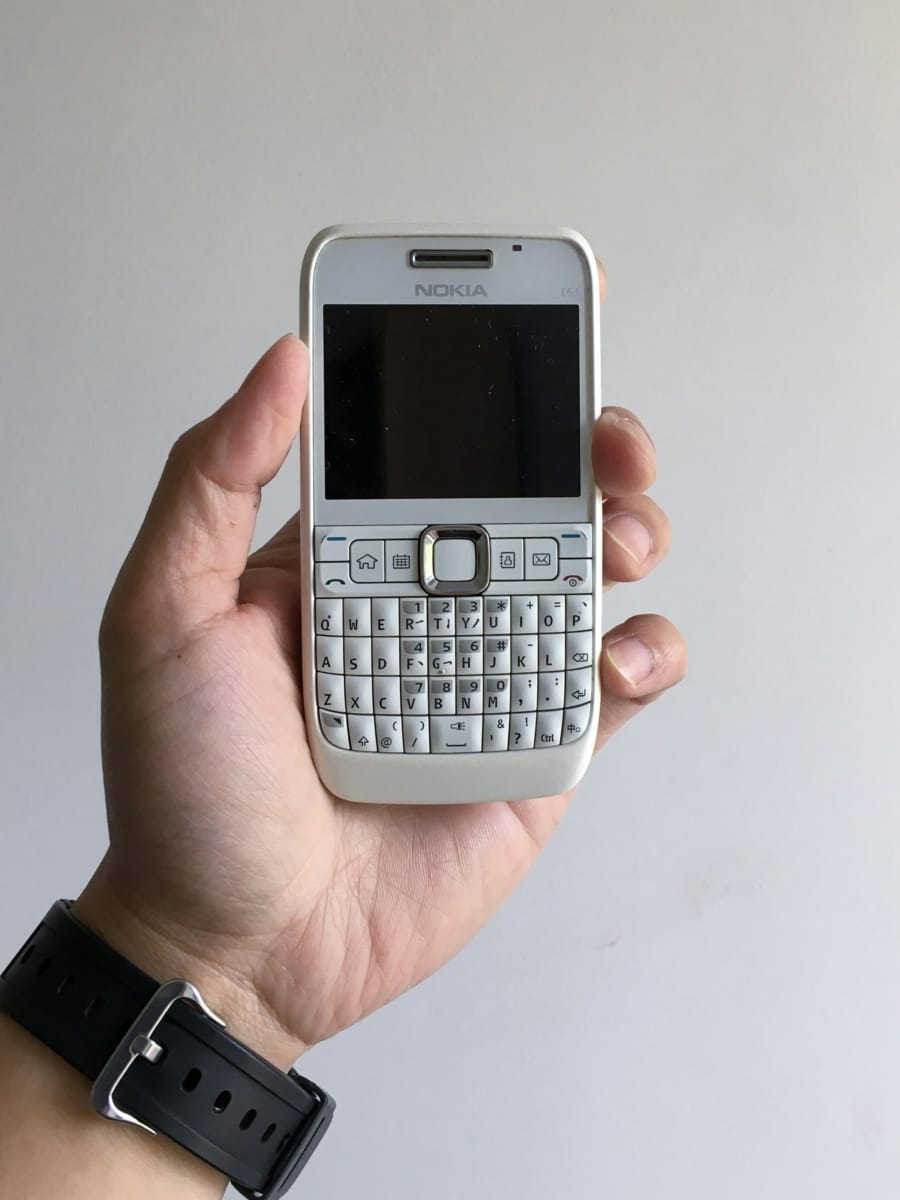When Nokia Downplayed Touchscreen on iPhone
Back in 2007, when Steve Jobs announced the first iPhone on stage, there were mixed responses to Apple’s new product. “Smartphones” weren’t around to capture the every historic moments, —and frankly, the PR nightmares tech companies faced— but with recently released Nokia Design Archive’s internal iPhone launch presentation, it seems the Finnish company decided to have their analysts take a look at iPhone launch. It’s an interesting read of its own, but I want you to to focus on page 12:
Summary of recommended Nokia actions
- Work very closely with T-Mobile
- Prioritize touch UI development, simplifying basic functionality and PC suite development very high.
- Leverage N800 with its touch screen – it competes nearly in the same arena
- Analyse what could be Apple’s next release of “iPhone mini” to mass market price points and plan counter-measures for it.
- Kill market for such an expensive device by filling mid-range with own/Google/Yahoo experiences
- Accelerate Nokia’s own free push e-mail project and make it less hidden within the company.
- Investigate and play hard in possible IPR infringements
- Drive key partnerships to highlight Nokia’s superior strength in the market, keeping things in perspective.
- Evaluate iPhone’s potential in Asia where touchscreen UI has the most practical direct implications.
- Highlight potential weaknesses of the iPhone:
Reading corporate analyses and college essays have one thing in common —the use of “corporate jargon” to spin the story. They both lack the contents to actually deliver a presentation; or, in some extreme cases, a capable audience who can comprehend the full contents if one was given to them. I can’t speak for what was going on inside Nokia, but I think this slide is the symptom of larger problem Nokia had at the time.
10 actions the slide recommends can be rewritten in three: work with partners (1, 8), work on touchscreen (2, 9), and reaffirm the brand’s market position (3, 4, 5, 6, 7, 10). Most common theme in all of the actions is that Nokia didn’t understand where itself stood in the smartphone market. Some recommendations are already contradicting each other, in that the only explanation would be Nokia’s strategy relied on playing the market. I would argue the only solid material the presentation has provided would be point 9, the actual implication of touchscreen interface and its implication outside of non-Latin script using market, although it’s simple written off as “Asia” in the document.
It appears Nokia’s analysts believed iPhone is a work of compromise to achieve “coolness” and in exchange has lost QWERTY keyboard. There isn’t an inherent flaw in the analysis —one could argue that a physical keyboard is necessary for more productive smartphone product. However, soon Nokia proposes to position N800 as a competitor to a bar-type touchscreen smartphone, a smartphone with at least a D-pad and 3 buttons. It begs the question why is Nokia positioning a product from “different price point” against what the analysts call “high-end”. It’s the inconsistency in the literature that shows that Nokia was simply reading it wrong.
Had this been a college course on how to prepare your presentations, I would have asked Nokia analysts to spend more time on the UI angle. Touchscreen UI was largely uncharted territory at the time, yet the presentation only spends one slide on its threat, downplaying Apple’s patents in the field, not to mention incorrectly stating OS X was a “new kid”. It would have been far more fruitful if the Finnish company focused more on what made iPhone possible, the technology which allowed Apple to remove D-pad, stylus, and keyboard.
